In Kurule Tenupa Village Development Committee, which climbs from 730 meters to 1500 meters above sea level, a drinking water supply was built 30 years ago to fetch water through an 18 kilometer pipeline. The rapidly deteriorating infrastructure now barely supplies the drinking water demands of half of the population of the VDC.
This project hasn’t been able to cater either to the Tamang communities that live in Banduke Danda at the higher altitudes, or to the marginalized Majhi and Dalit communities that live in Bhainsetaar and Falametaar at the lower altitudes. The lives of the Dalits of Falametaar are especially full of hardship.
‘If I don’t get to the well by 3 o’clock in the morning it takes hours to fill my water pot. There is a single well, and that, too, is about to dry out,’ says Buddhiman Bishwokarma from Falametaar.
Although the Tamor River flows past the village, because of the lack of any mechanism to pump water up from the river, the entire village fetches drinking water from the river. Most villagers spend most of their days fetching water for the family and for their cattle.
‘It takes between 15 and 20 minutes to make a single trip. And it is no use if we don’t make at least 8 to 10 trips every day,’ says Som Maya Majhi of Bhainsetaar.
According to the VDC records, some 80 households migrated out of Kurule Tenupa in 2014. In 2015, another 74 households migrated out and 38 families have left the village this year so far. The improvement in economic condition as a consequence of remittances received from foreign employment is a reason behind the out-migration. But, locals are also certain that the acute scarcity of drinking water is the main reason behind the out-migrations.
Although the villagers are worried to see their village being emptied of its people, they also harbor the hope that villagers will return if access to drinking water improves.
‘If there were a project that could bring back water, I think people would return,’ says 80 years old Padam Prasad Ghimire.
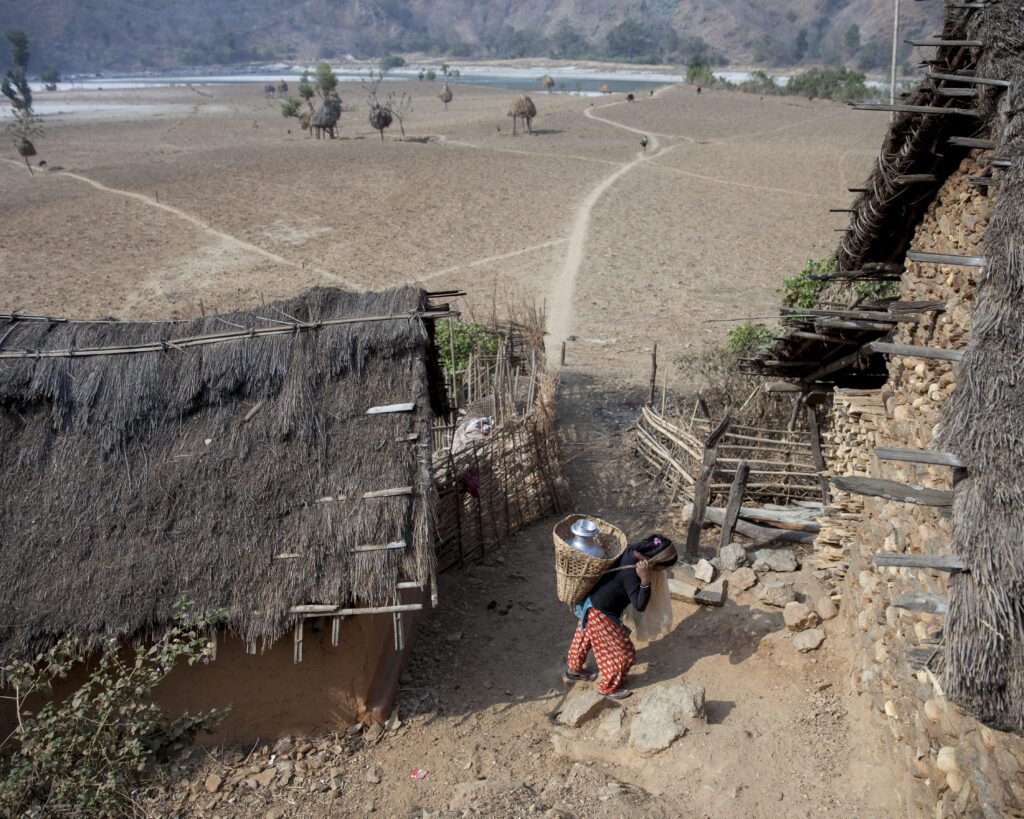
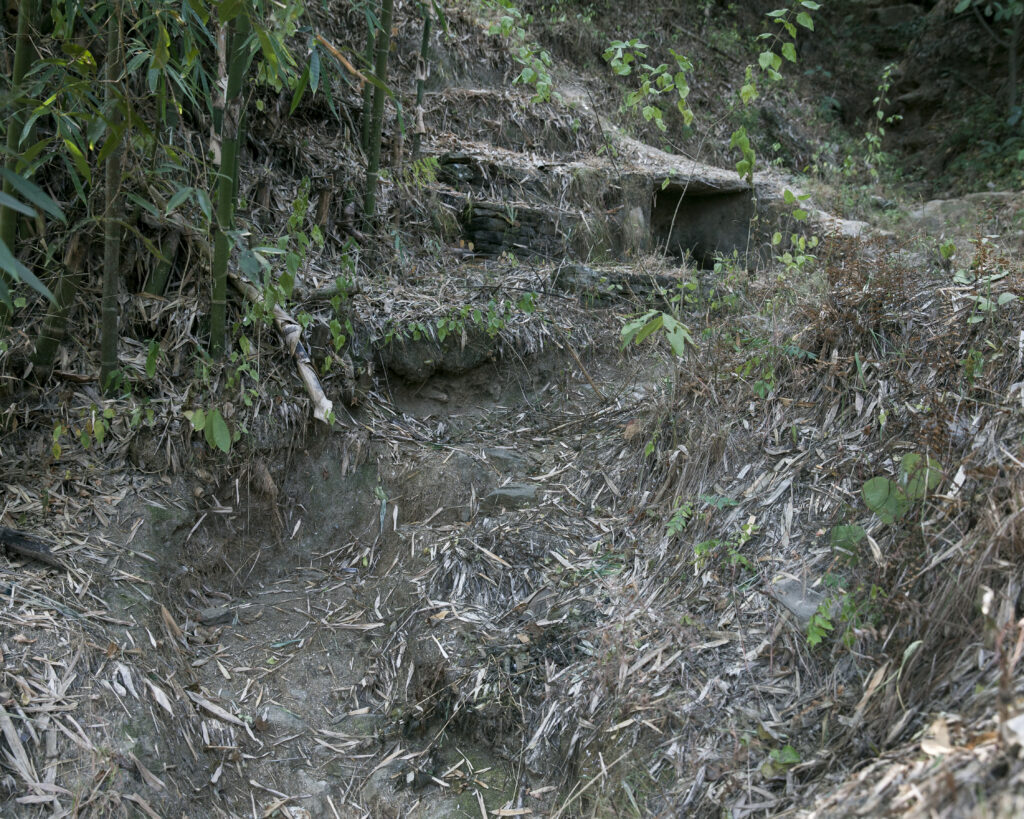
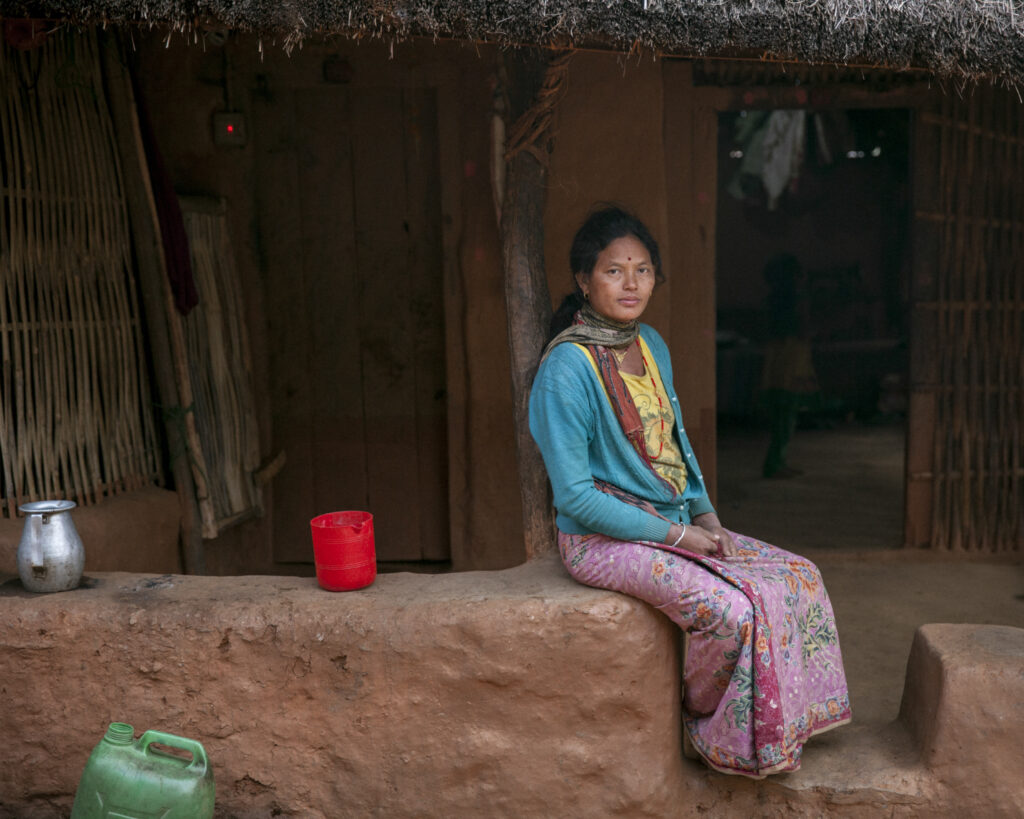

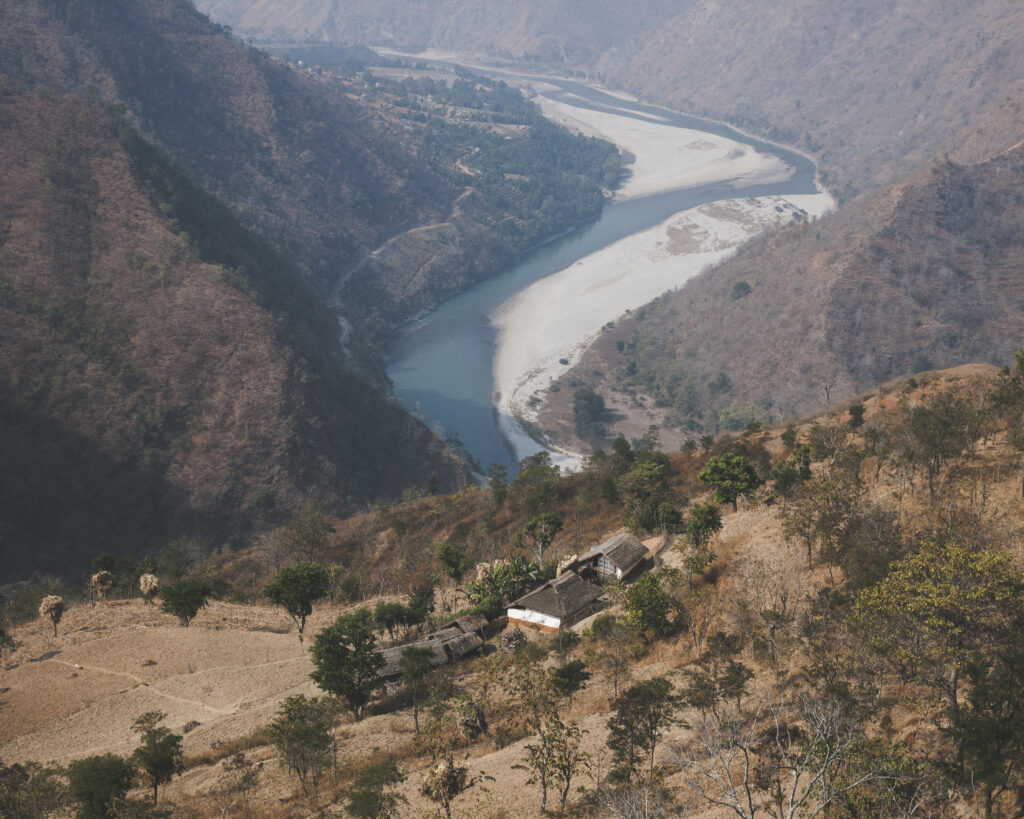
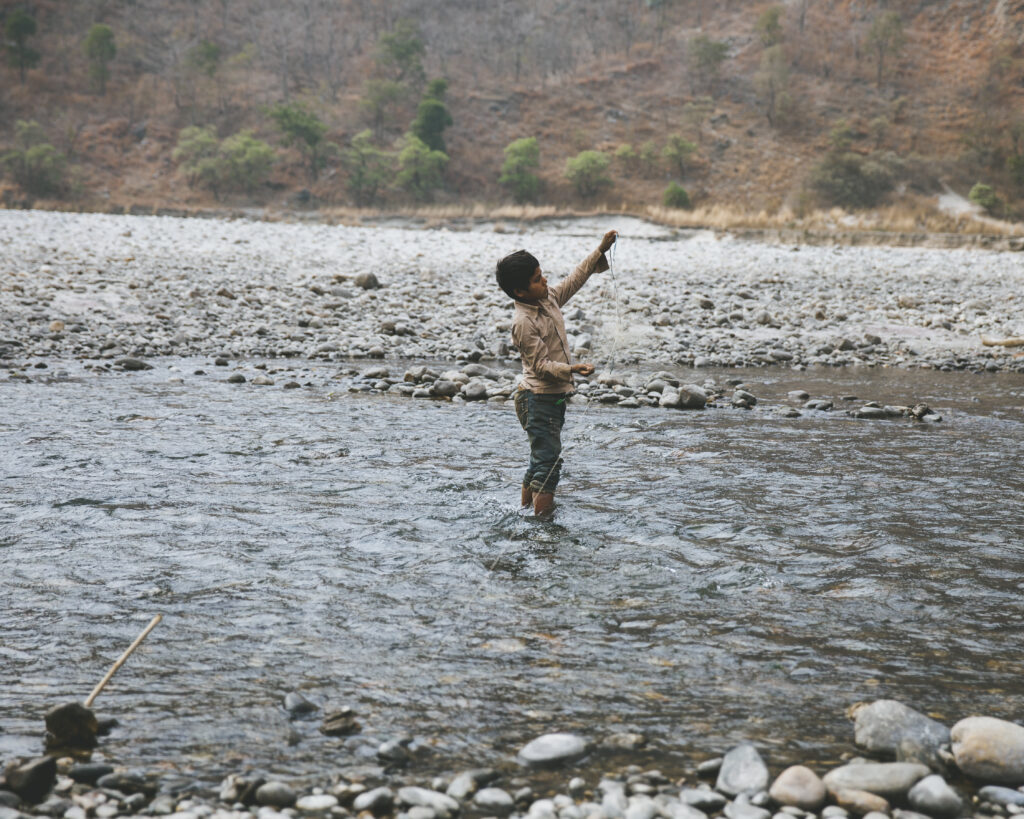
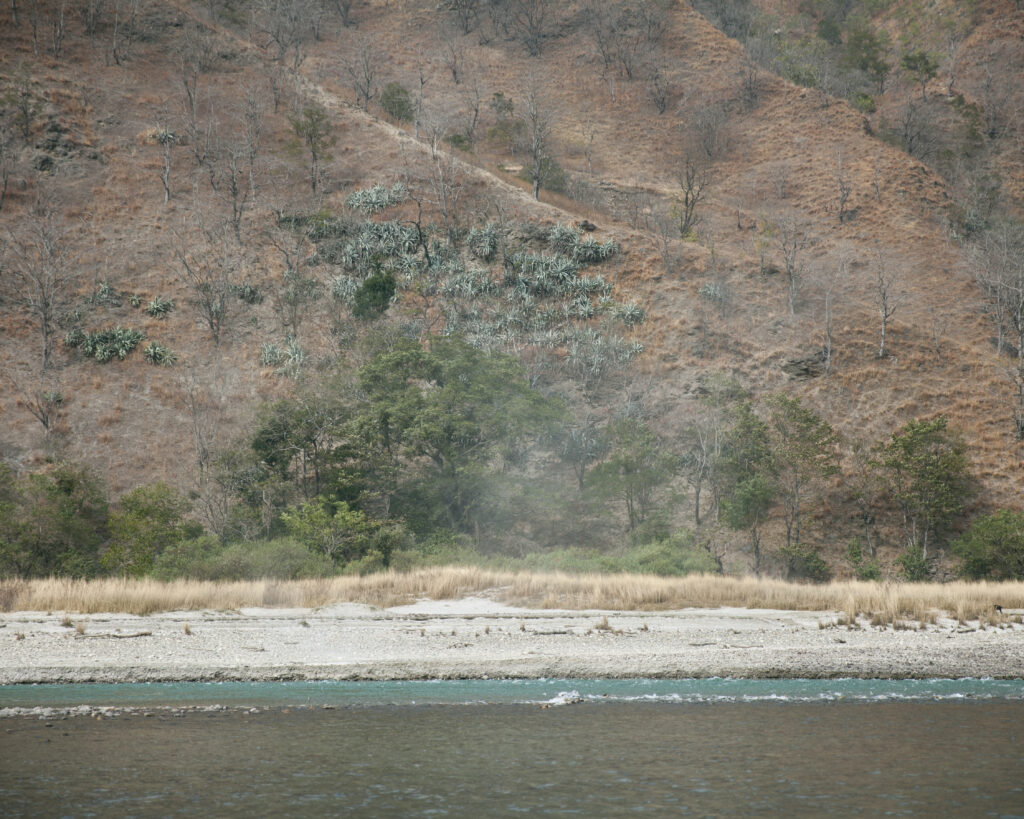
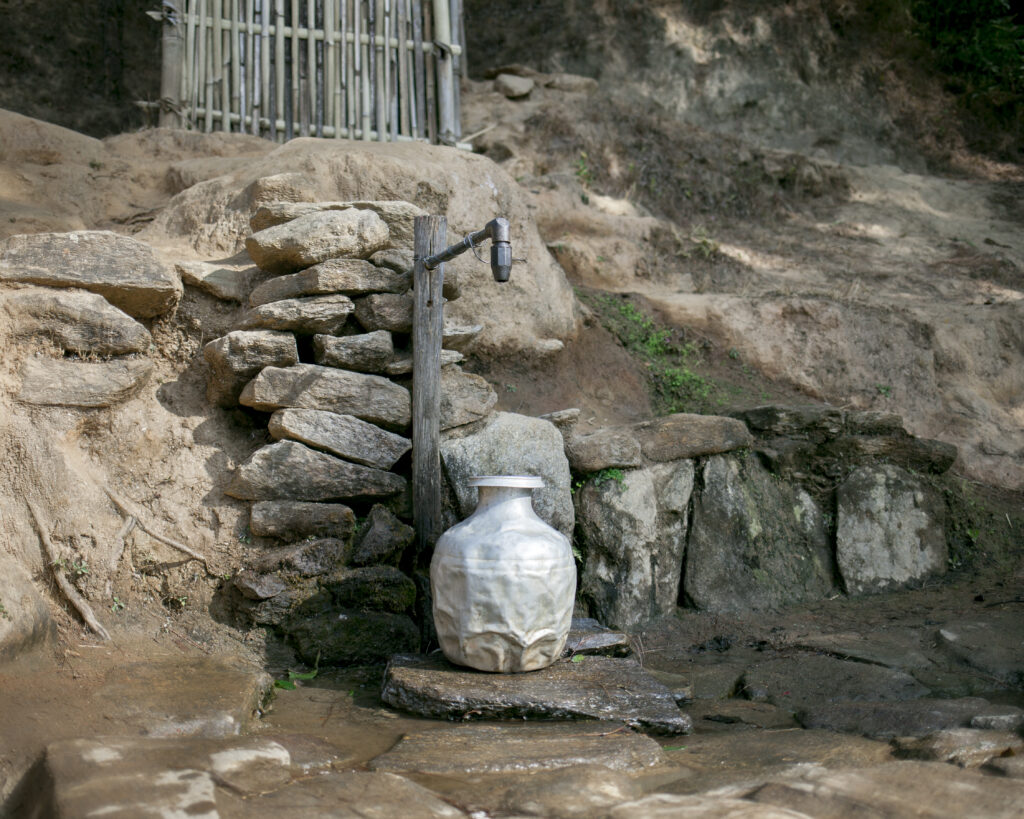
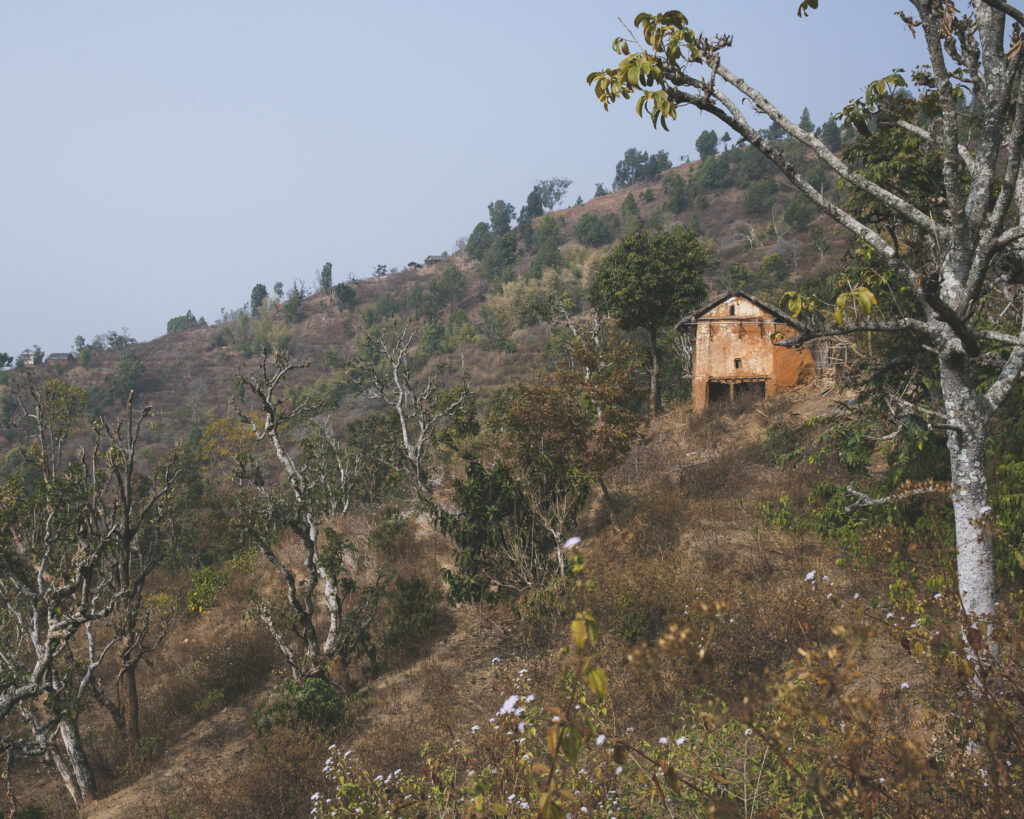
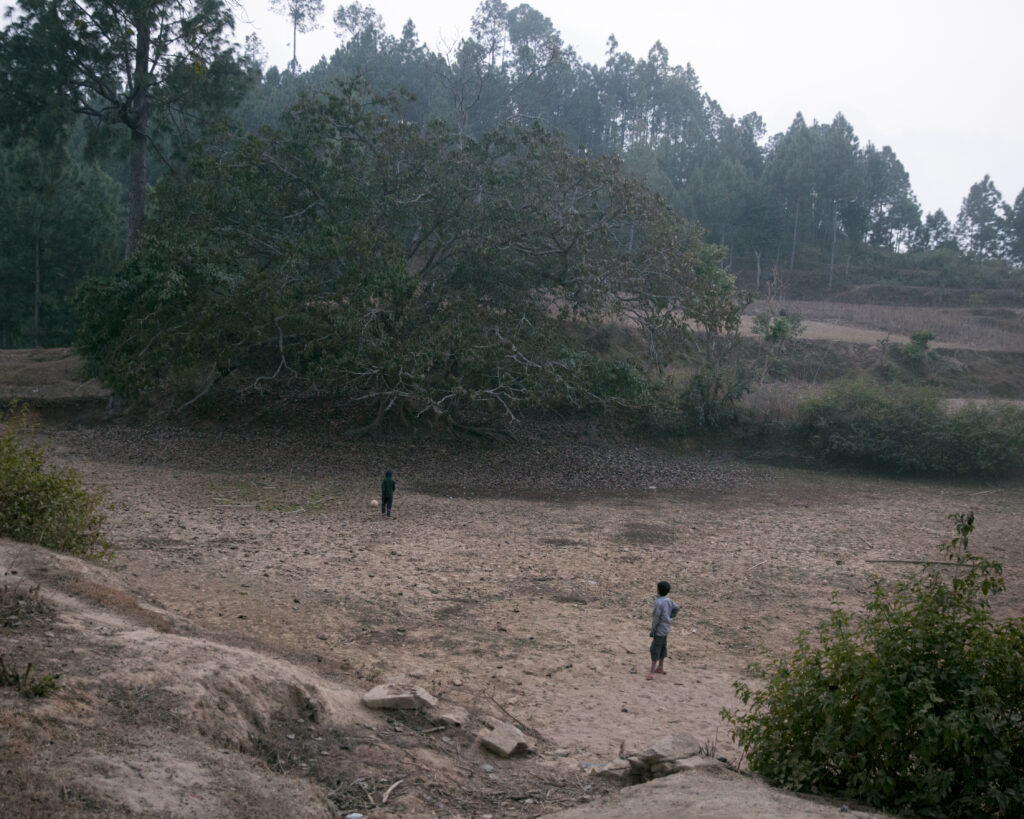
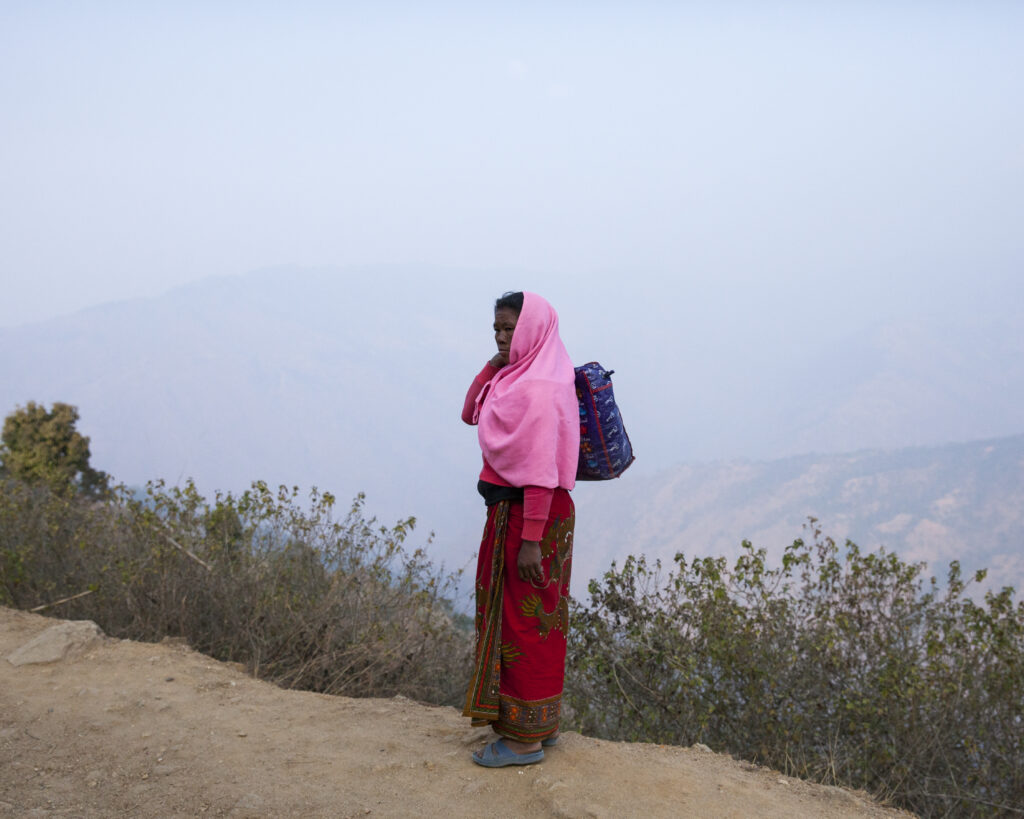
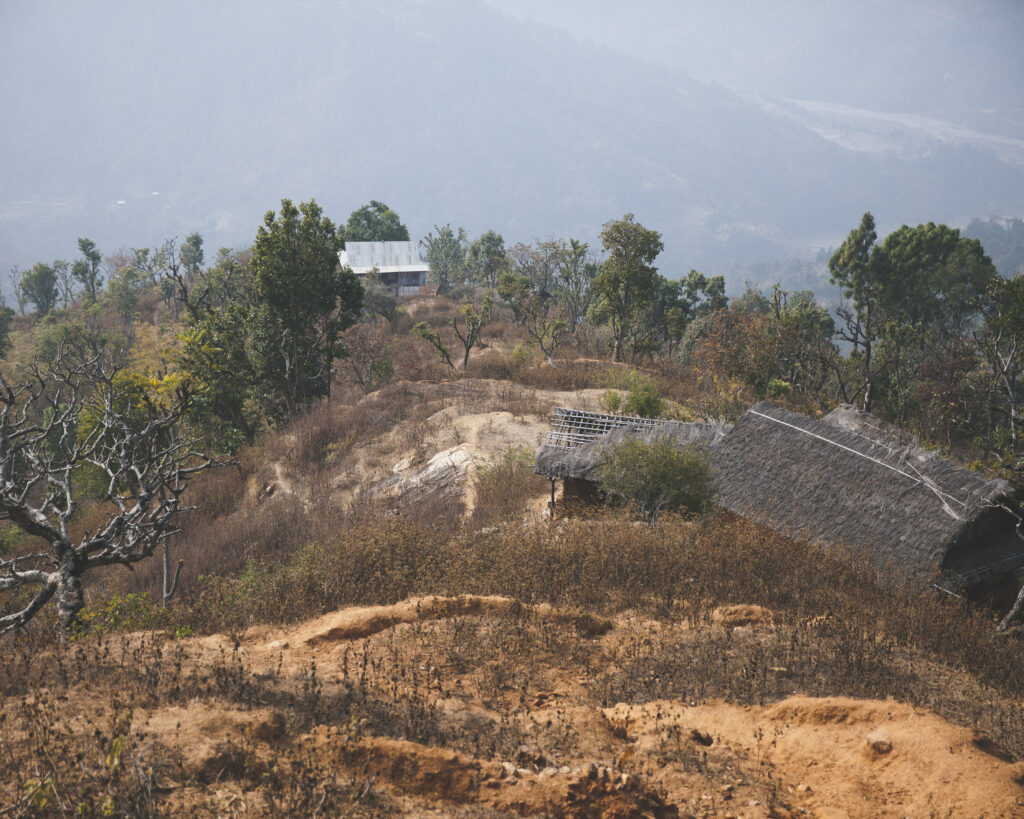
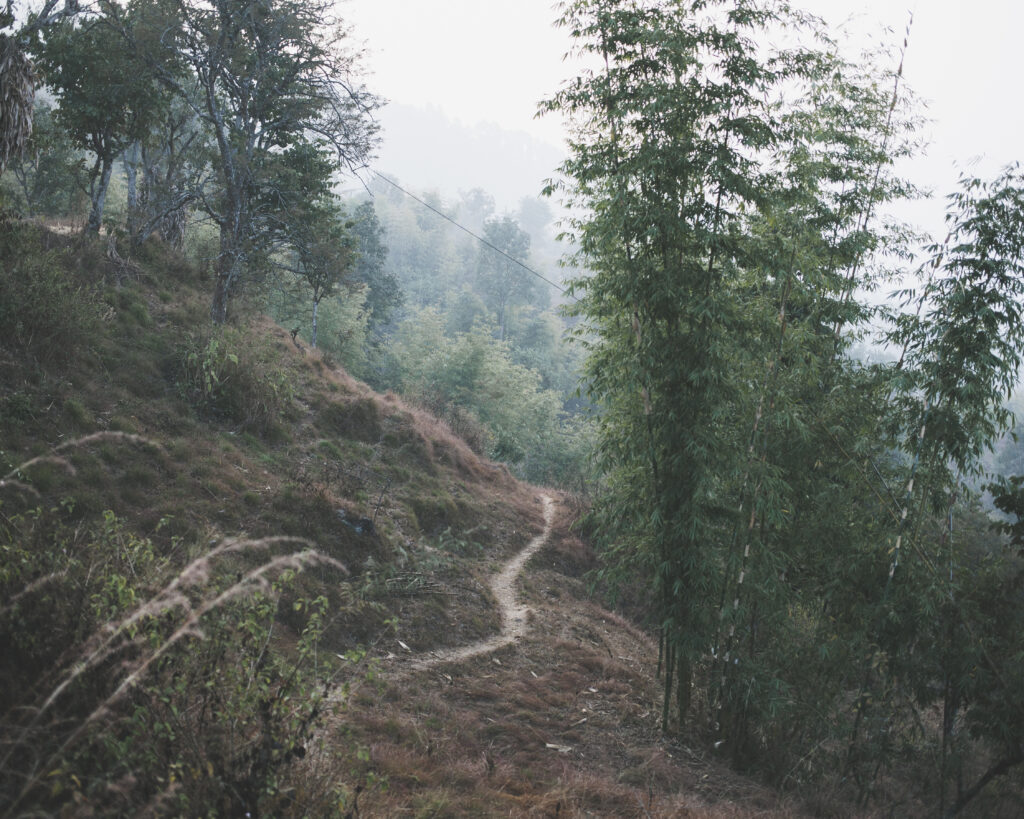
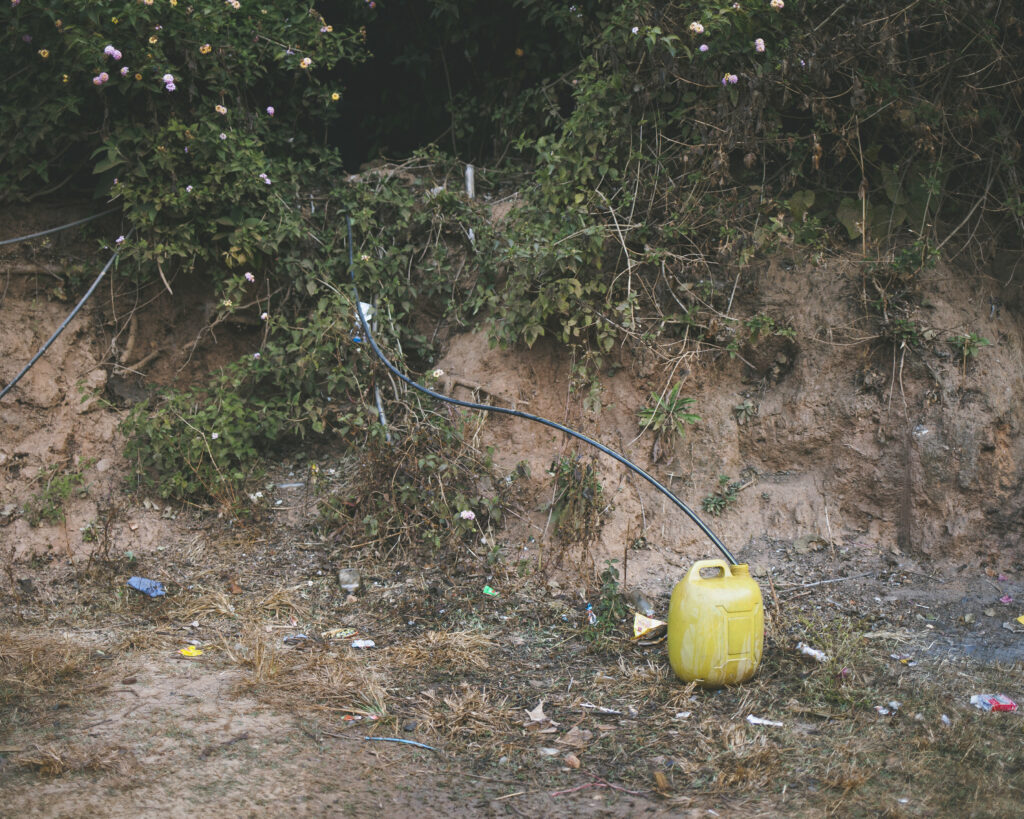


Leave a Reply